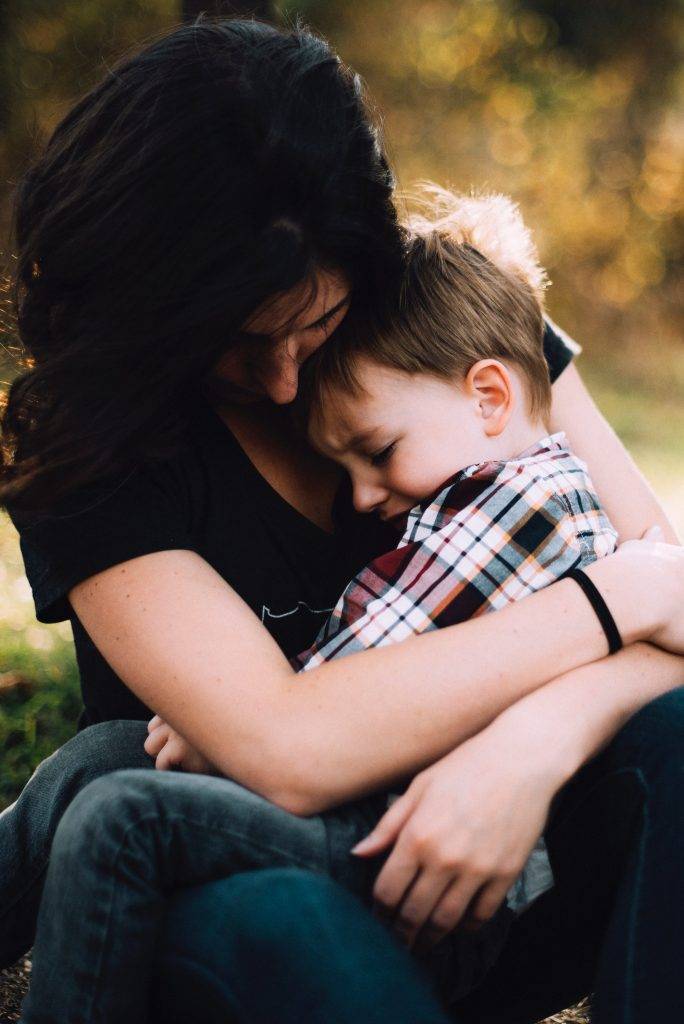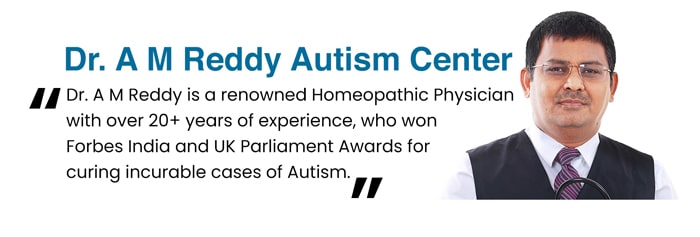Autism is not a single disorder, but a spectrum of closely related disorders with a shared core of symptoms. Every individual on the autism spectrum has problems to some degree with social interaction, empathy, communication, and flexible behavior. But the level of disability and combination of symptoms varies tremendously from person to person.
In fact, two kids with the same diagnosis may look very different when it comes to their behaviors and abilities.
If you’re a parent dealing with a child on the autism spectrum, you may hear many different terms including high-functioning autism, autism spectrum disorder, atypical autism, and pervasive developmental disorder. These terms can be confusing, because doctors, therapists, and other parents may use them in a dissimilar way.
Keep in mind just because your child has few autism-like symptoms, it doesn’t mean he or she has autism spectrum disorder. ASD is diagnosed based on the presence of multiple autism disorder symptoms that affects a person’s ability to communicate, form relationships, explore, play, and learn.
Social behavior and social understanding
- Inappropriate body language, gestures, and facial expressions i.e. avoiding eye contact, using facial expressions that don’t match what he or she saying.
- Difficulty in making friends with the same age group.
- Difficulty in understanding other people’s feelings, reactions.
Restricted behavior and play
- Repetitive body movements (hand flapping, rocking, spinning) moving constantly
- Obsessive attachment to unusual objects (rubber bands, keys, etc.)
- Fascinated by spinning objects, moving pieces, or parts of toys e.g.-spinning the wheels on the race car, instead of playing with the whole car.
- Hyper or hypo to sensory input e.g.-reacts badly to certain sounds or textures, seeming indifference to temperature or pain
Speech and language
- Delay in learning how to speak or doesn’t talk at all.
- Repeating words or phrases over and over without communicative intent.
- Trouble starting a conversation or keeping it going.
- Difficulty communicating needs or desires.
- Doesn’t understand simple statements or questions.
Children with autism spectrum disorder tend to be less spontaneous than other children. Unlike a typical curious child pointing to things that catch his or her eye, children with ASD often appear disinterested or unaware of what’s going on around them. They show differences in the way they play.

While not part of autism’s official diagnostic criteria, children with autism spectrum disorder often suffer from one or more of the following:
- Sensory problems – Many people with ASD either underact or overact to sensory stimuli. They may ignore people speaking to them. At times they may be disturbed even at the softest sound.
- Emotional difficulties – Children with autism spectrum disorder may have difficulty in regulating their emotions or expressing them appropriately.
- Uneven cognitive abilities – ASD occurs at all intelligence levels.
- Autism spectrum disorder has no single known cause. Both genetics and environment may play a role.
- Genetics – Several different genes appear to be involved in autism spectrum disorder. For some children autism spectrum disorder can be associated with a genetic disorder such as Rett syndrome or fragile X-Syndrome. For other children genetic mutation changes may increase the risk of autism spectrum disorder. Still other genes may affect brain development or the way that brain cells communicate. Some genetic mutations seem to be inherited while others occur spontaneously.
- Environmental factors – Researchers are currently exploring whether factors such as viral infections, medications or complications during pregnancy, or air pollutants play a role in triggering autism spectrum disorder.
Risk factors for developing autism spectrum disorder are
- Boys are about four times more likely to develop autism spectrum disorder than girls are.
- Families who have one child with autism spectrum disorder have an increased risk of having another child with the disorder.
- Extremely preterm babies born before 26 weeks of gestation may have a greater risk of autism spectrum disorder.
- There may be a connection between children born to older parents and autism spectrum disorder.
Complications
- Problems in school and with successful learning
- Employment problems
- Stress within the family
- Inability to live independently
- Social isolation
- Victimization and being bullied
In order to determine whether your child has autism or another developmental condition. Doctors look carefully at the way your child interacts with others, communicates and behaves.
Treatment options may include
- Behavior and communication therapies
- Educational therapies
- Family therapies
- Conventional treatment
- Conventional treatment with psychiatric drugs is meant to only calm the autistic child not cure him/her
Homeopathy Treatment
Homeopathy’s role in helping autism in kids is gaining popularity across the globe. Clinical experience shows that results are far better when the treatment is started at an early age. Kids do show remarkable improvement in their well-being. Homeopathy treatment at early age (i.e., before emotional or behavioral changes get aggressive or become violent) has marked success and tremendous improvement compared to intervention at later ages.
We here at positive homeopathy with a team of doctors study each patient individually, considering constitutional picture (complete physical and mental makeup of the child) along with the necessary details of the disease and assessing in order to give the best possible treatment to the patient along with the most adjuvant (which enhances medical benefit) therapies such as diet and nutrition which works much better in treating a child with autism spectrum disorder.
